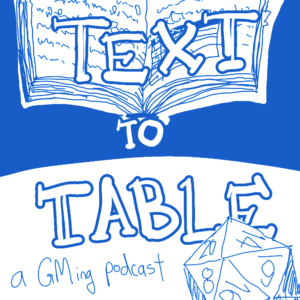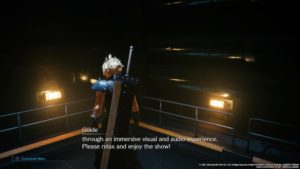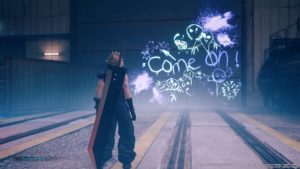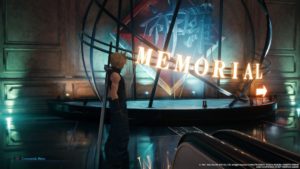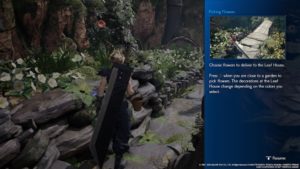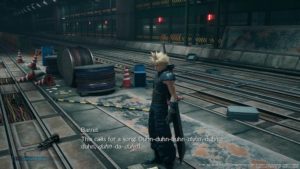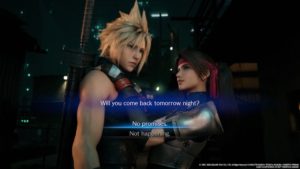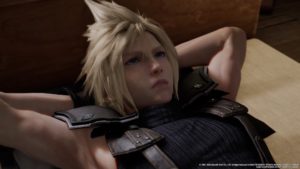On my last grocery run, I listened to the first episode of Alex’s podcast Text to Table, which is a discussion of Troika with David Wilkie (Anxiety Wizard). One detail jumped out at me, which was the dynamic of play that David described in his Troika game. The focus of play seemed to be more interaction between player characters rather than exploration or problem solving.
The characters in the party included a lonesome monarch, a zoanthrope, a chaos champion, and maybe some others but those are the ones I recall. In the game the zoanthrope tried to eat the king’s crown, triggering some sort of existential crisis regarding kinghood, and then there was some interaction between the king and the chaos champion, details somewhat unimportant. What I want to highlight here is the interaction of player characters as more autonomous entities as compared to a team working together to accomplish some goal. (Please read this as descriptive rather than judgmental; the game sounded memorable and fun.)
I am always on the lookout for key play aspects that distinguish different modes and cultures of play. (For example, degree of proceduralism.) Whether players form a team working together to confront challenges (or not) seems to be another one of these key aspects of play, more interesting for the fact that it is rarely described explicitly, even in games that try to discuss things like play agendas explicitly. Looking at another game, in many ways Apocalypse World is a highly traditional design (each player controls a single character with stats, there are rules for fighting, characters improve, and so forth), but many or most of the rules (and examples in the text) seem geared toward priming confrontations between characters, resulting in a kind of soap opera dynamic. That is, much of the play seems to involve generating drama between player characters rather than navigating challenges between player characters and the fictional environment. In contrast, in TSR D&D and many OSR games, the (never? rarely?) stated assumption is that player characters form a band of picaros or commandos intent on dungeon heists. There seems to be some highly influential spectrum between autonomous interaction and team-based problem solving.
Discussing this with Eero Tuovinen, he mentioned some terminology around drama versus adventure or PvP versus PvE, which are relevant but don’t seem to quite capture the differences on this spectrum. For example, PvP seems to connote a degree of conflict that may be absent from autonomous character based games (it certainly didn’t seem like the player characters in David’s Troika game were trying to kill each other or competing directly in any way). Further, there was probably some adventure going on, so saying that the Troika game was not (categorically) an “adventure” game seems like a mistake, though maybe prioritizing drama versus prioritizing adventure gets part of the way there. This distinction does seem to underly at a deep level what it is that players are doing when they play however.
Unlike D&D, Troika ties advancement to using skills successfully rather than to a clear gameplay goal such as recovering treasure, defeating monsters, or completing event milestones, so there is some textual support underlying this mode of play, whatever your opinion on causation between text and play experience. Troika differs in many other ways from traditional play assumptions, such as the surrealist setting prompts, so there may be additional dynamics at play here, but encoded incentives seem unambiguously relevant to the question of shared goals at the least. I also think that it would be a mistake to oversimplify this to broader play culture, where “story games” are about drama based on interactions between autonomous characters and “OSR” games are about goal-oriented team play, given that the player base of Troika is probably mostly located in the OSR (or what have you) play culture.
Personally, my default mode of play tends toward team-oriented. The elements of play I enjoy most are exploration and problem solving, both when I run games and when I play games. Some media touchstones of action in these kinds of games (to reference a few TV shows) include seeing how the characters of early-seasons Lost explore the island, or how the characters in The Walking Dead manage to carve out a niche for themselves in the apocalyptic landscape. These are the team-oriented aspects of these stories. I think there are some practical advantages to team-based play in that teams support varying degrees of engagement whereas the mode of more autonomous player characters requires all players to be on point as needed, somewhat like improv, though I imagine perhaps systems could help here (providing tables of voluntary action prompts relevant to character backgrounds, for example).

